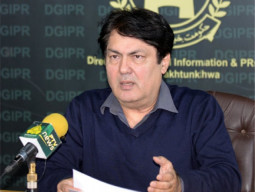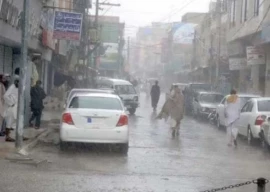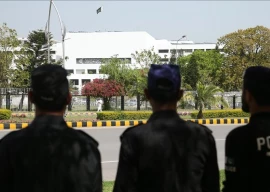
Addressing businessmen at a ceremony at the Lahore Chambers of Commerce and Industry, he said that people’s reactions towards the issue of dams must be taken into account when deciding on building large dams and reservoirs of water. “People must be convinced about the benefits of dams. If we want to pave the way for this discussion, then like political autonomy proposed in the 18th amendment bill, provinces must also be given financial autonomy,” Sattar said.
Speaking about the energy crisis, he said that power outages plagued all provinces, not just Punjab and Sindh. “It [the energy crisis] has emerged as a major challenge for the country’s economy and without a stable economy, the country’s political stability cannot be ensured,” he said. Recruitment Drive The MQM will hold a large convention today (Sunday) in Lahore, Rawalpindi and Multan simultaneously, which will be addressed by the party’s chief and founder Altaf Hussain by telephone from London, where he has been living in exile since 1992.
The conventions are scheduled to be held indoors and security plans were drawn up after MQM leaders Faisal Sabzwari and Dr Saghir Ahmed met Punjab Chief Minister Shahbaz Sharif on Friday. For the recruitment drive, which started on March 10, the province has been divided into four zones – upper Punjab, lower Punjab, central Punjab and the Lahore zone – and 50,000 members have been inducted from these zones so far, according to the MQM’s coordination committee.
Four administrative divisions have been set up and members of executive councils have been appointed in each zone. Committee members said that the party will participate in the bye-polls in Punjab and candidates will be nominated from all districts. A large number of lawyers, industrialists and members of other political parties are said to have joined the MQM























COMMENTS
Comments are moderated and generally will be posted if they are on-topic and not abusive.
For more information, please see our Comments FAQ